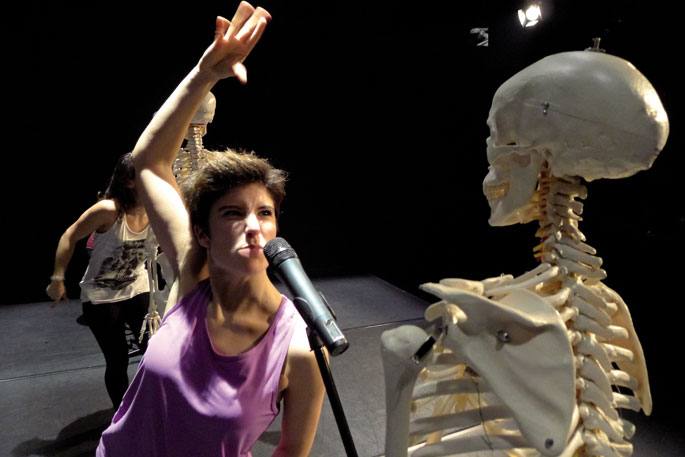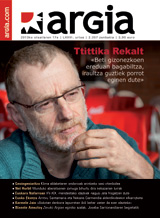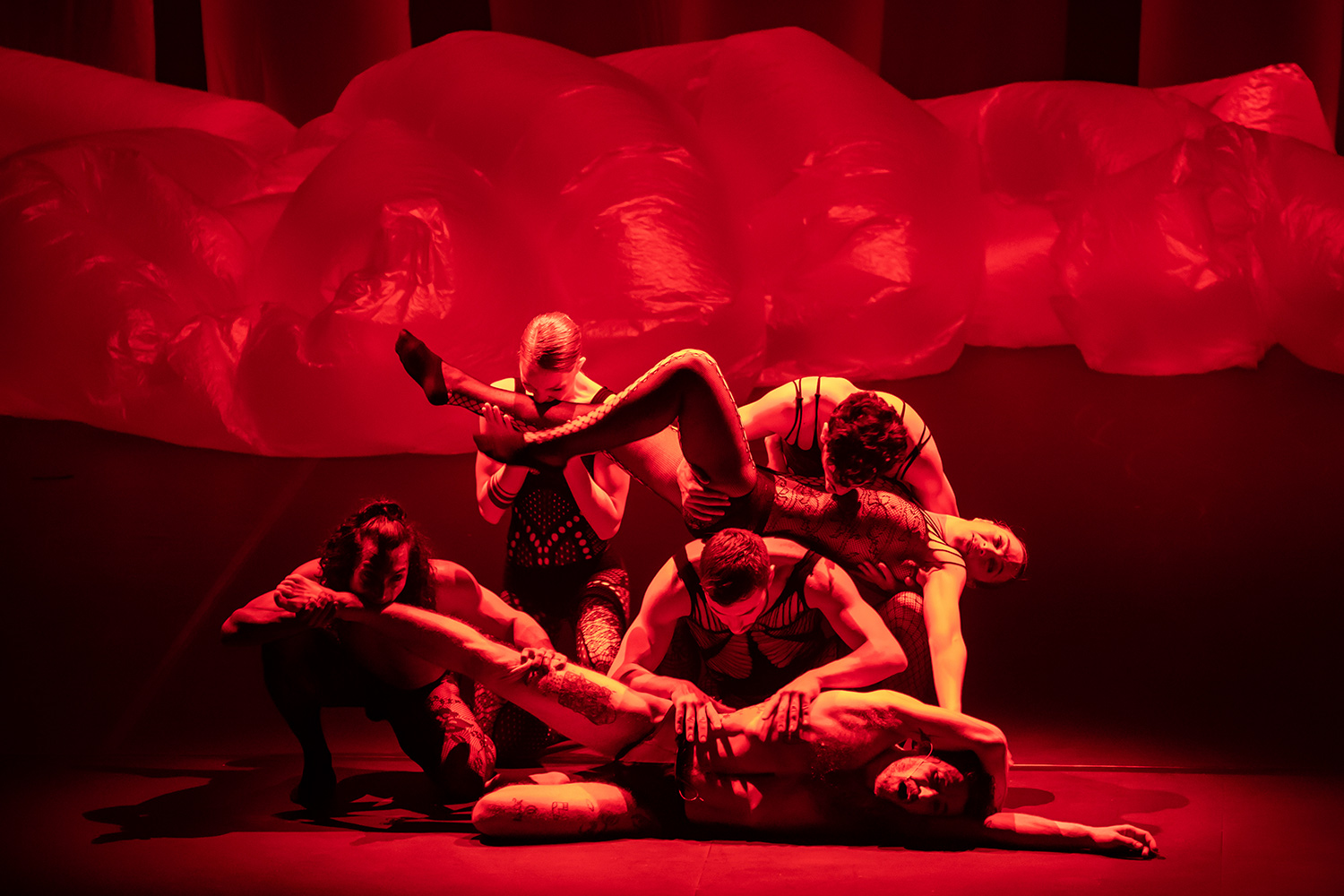Ahead

Title: Posthumos. Idea and direction: Idoia Zabaleta. Interpretations: Garazi Lopez de Armentia, Ana Gandia and KRIs Oraá. Lighting: David Alkorta Production: Skin, space of creation.
Posthumos, the last work of the Gasteiztarra dancer Idoia Zabaleta, premiered on January 18 in the room La Foundry de Bilbao.
Iíidoia and I had stayed with him to talk about his work, but he also had to make a public meeting. That is, before or after representation, meet with the public and give explanations about creativity. It serves to reinforce ideas and expand curiosity. “Let’s face public dialogue,” Idoia proposed. In addition to the components of the group that participate in the representation, another ten people attended.
The title he has given to this dance show is Posthumos, a game of words. On the one hand, it leads to the post-fire situation. On the other hand, it addresses the meaning of English: posthumous is called the children of the deceased parents, those who are left alive.
Before reaching the room La Foundry de Bilbao met two pre-releases, one in the La Monstrenka room in Vitoria-Gasteiz and the other in Valencia.
Idoia Zabaleta has defined his work “The music of the B series as a theatrical representation”. She doesn't dance around. He's the director and creator of the idea he had been thinking about for some time. “I wanted to get into an intergenerational hole and I took three young women who are now only 20 years old. In the 1980s, I sought to impose the gestures, the slogans and the attitudes of the people of that age among the young, and all this in the context of the Basque Country”.
I wanted to work with teenagers. In addition, he wanted the dancers to be women, women Gasteiztarras and born since 1986, after the Anti-All album of the Eskorbuto group. The last basic condition was also clear: that it had nothing to do with dance or the creation of dance before.
Idoia Zabaleta has not collaborated in this work. At all times they have followed the sheet music. “I love working, I’ve always been a fan, but I’m sick of negotiating my imagination.”
In the creative process, several questions emerged. For example, where the degree of sophistication of the 1990s and the first decade of the century has led us.
“I do not look at the past with nostalgia, I am not in favour of that, but the commitment of that time, the social pulsation or the justice to say things were absolutely absolute. On the contrary, everything is complex today, especially in the art world, and the degree of sophistication does not lead us anywhere. The representation is a little bit in the line of Anti-Everything, a little unfriendly, anti-artistic, that all you send is to dispel. Fracture and reconstruction. Explicit.”
However, Posthumos is also a series of earlier works. The creator says that it is chapter 3 or 4 of the theatrical play begun in 2007, the Fissure, the reverse of the work done so far, “Cara B”. Although there is not yet a specific date, it is expected that this action will soon be programmed in the halls of our geography.
The idea that we in the dance world often repeat is that dance is ephemeral. The Elhuyar dictionary gives as a counterpart to "ephemeral" English: ephemeral, destructive, perishable, ephemeral, ephemeral, perishable, perishable, ilaun. I don't remember who I first read that idea... [+]
Moor Krad
By: Ertza company.
When: 3 October.
Where: In the Muxikebarri room of Getxo.
---------------------------------------------
Two years later I met the work Moor Krad, in which members of the company Ertza created and premiered the piece. So in 2022, I tried to... [+]
Transmisioa eta dantza taldeetako erreleboa aztertu nahi izan dugu Dantzan Ikasi topaketetan, eta gazte belaunaldiek lan egiteko ereduak ezagutu nahi izan ditugu “Gazteen parte-hartzea euskal dantzan” mahai inguruan: Eder Niño Barakaldoko... [+]






















